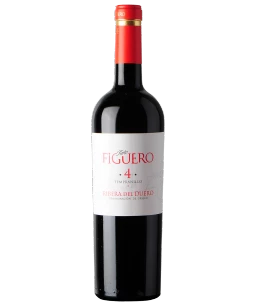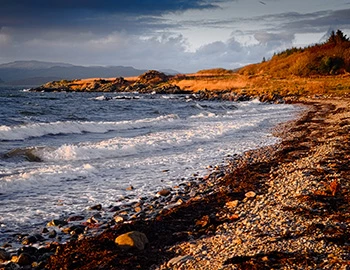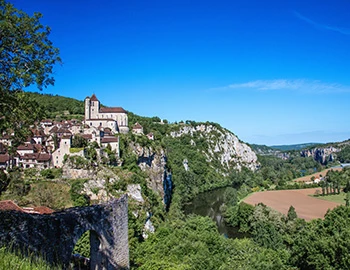Castilla y León
Castile and León: Increasing diversity
Only 30 years ago, the autonomous region of Castile and León was an almost blank spot on the European wine list. This has changed immensely thanks to three grape varieties. The Tempranillo variety yields feisty, strong wines in Ribera del Duero and Toro. And Bierzo, the small wine area in the region's northwest, has experienced an impressive ascent, thanks to the character-laden Mencia variety. Finally, the fresh and fruity Verdelho pressings from Rueda have become the most successful Spanish white wines.
White wines from Castilla y León
Red wines from Castilla y León
Castile and Léon is considered the center of Spain, especially in cultural terms. Thus, the Castilian dialect is the source of modern standard Spanish. In viticulture term, the region was long regarded a no man's land, albeit with one dazzling exception: after the first vineyards were set up in 1864, the Manor Vega Sicilia estate developed into the most famous winery on the Spanish peninsula. The now world-famous Ribera del Duero designation of origin, where Vega Sicilia is located, was only introduced in 1982, but experienced an unprecedented boom in the years to follow.
The Tempranillo variety dominates
The basis of this success is a single grape variety: the Tempranillo, usually called Tinta del Pais, Tinto Fino or Tinta de Toro. In the wake of Ribera del Duero, the Toro wine region, named for its eponymous city, also experienced a boom. While highly elegant wines with subtle spice arise from Ribera del Duero, Toro wines are a bit stronger and more tannic.
Pioneers paved the way
Individual pioneers of two other wine-producing regions in Castile and León helped open the area. In the 1970s, the proprietors of the Rioja house Marques de Riscal, accompanied by the famous Bordeaux oenologist Émile Peynaud, made a short stop in Rueda, discovering the potential of its native white wine Verdejo. It was the start of a fabulous success story. In the past seven years alone, the cultivation area here has grown from 6,000 to 13,000 hectares. And in the 1980s, star winemaker Alvaro Palacious recognized the qualities of the red Mencia variety in Bierzo, which lies in the foothills of the Cantabrian Mountains.
Continental climate
All the vineyards in Castile and León are located on the Castilian plateau, between 700 and 1,000 meters above sea level. The climate is continental, with hot summers and cool winters. High winds reduce the risk of rot and fungal diseases. The soils are mostly sparse, but varied in composition. White lime predominates in the Duero valley, while Bierzo is mostly slate. Precipitation varies between 400 and 700 millimeters, and is ideal for viticulture.
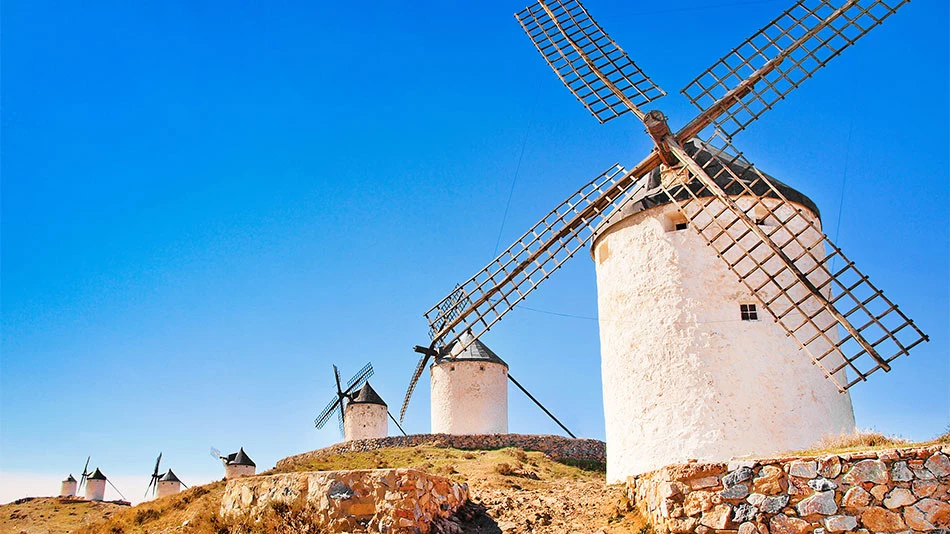
Region
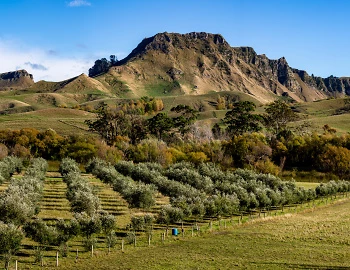
Hawkes Bay
Hawke’s Bay is located in the east of New Zealand’s North Island and is the country’s oldest and second-largest wine-growing region (approx. 4640 hectares), dating back to 1851. Hawke’s Bay is New Zealand’s largest wine-growing region for high-quality red wines, accounting for over 80 percent of its total production of Cabernet Sauvignon, Merlot and Syrah. Chardonnay and the two varieties Cabernet Sauvignon and Merlot make up around 50 percent of total production at Hawke’s Bay. White and red wines are produced in approximately equal amounts. The region produces a total of 10 percent of all New Zealand wines.






